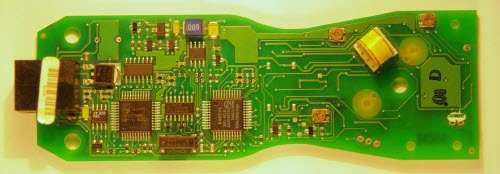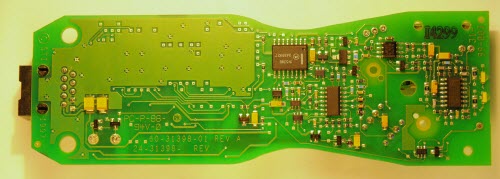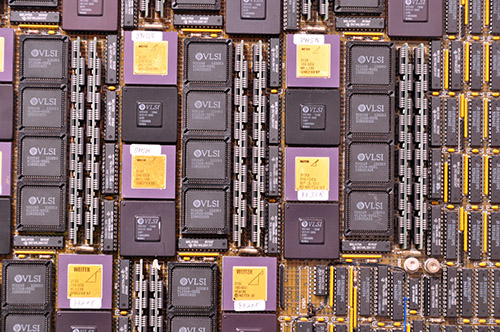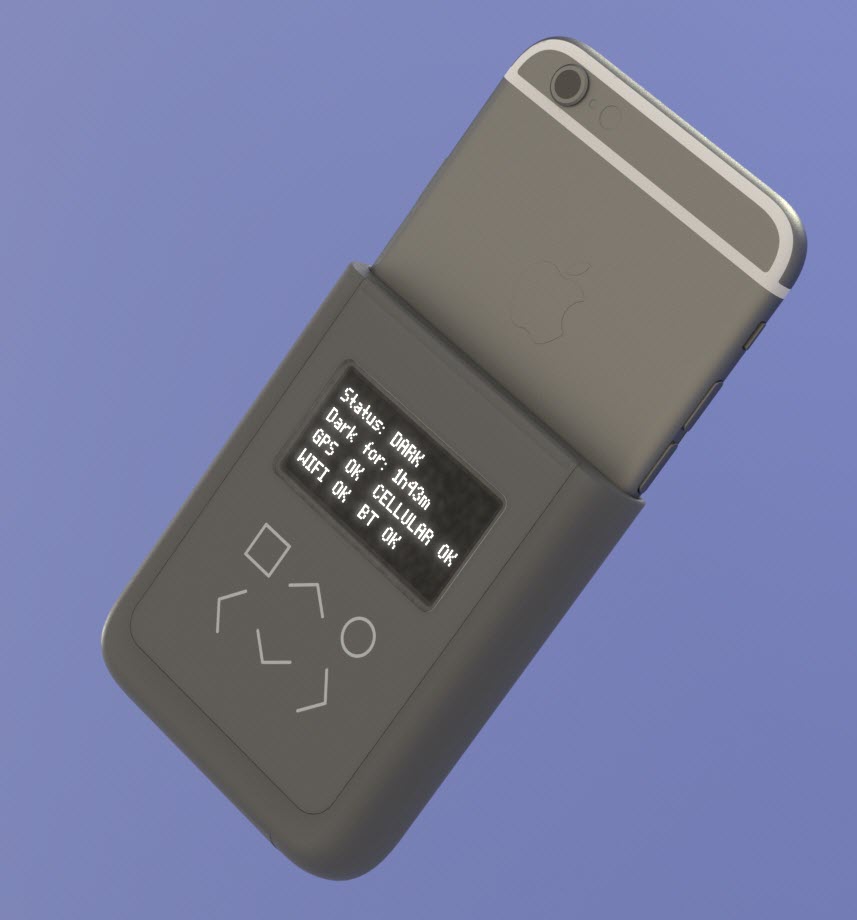Today I filed a lawsuit against the US government, challenging Section 1201 of the Digital Millennium Copyright Act. Section 1201 means that you can be sued or prosecuted for accessing, speaking about, and tinkering with digital media and technologies that you have paid for. This violates our First Amendment rights, and I am asking the court to order the federal government to stop enforcing Section 1201.
Before Section 1201, the ownership of ideas was tempered by constitutional protections. Under this law, we had the right to tinker with gadgets that we bought, we had the right to record TV shows on our VCRs, and we had the right to remix songs. Section 1201 built an extra barrier around copyrightable works, restricting our prior ability to explore and create. In order to repair a gadget, we may have to decrypt its firmware; in order to remix a video, we may have to strip HDCP. Whereas we once readily expressed feelings and new ideas through remixes and hardware modifications, now we must first pause and ask: does this violate Section 1201? Especially now that cryptography pervades every aspect of modern life, every creative spark is likewise dampened by the chill of Section 1201.
The act of creation is no longer spontaneous.
Our recent generation of Makers, hackers, and entrepreneurs have developed under the shadow of Section 1201. Like the parable of the frog in the well, their creativity has been confined to a small patch, not realizing how big and blue the sky could be if they could step outside that well. Nascent 1201-free ecosystems outside the US are leading indicators of how far behind the next generation of Americans will be if we keep with the status quo.
Our children deserve better.
I can no longer stand by as a passive witness to this situation. I was born into a 1201-free world, and our future generations deserve that same freedom of thought and expression. I am but one instrument in a large orchestra performing the symphony for freedom, but I hope my small part can remind us that once upon a time, there was a world free of such artificial barriers, and that creativity and expression go hand in hand with the ability to share without fear.
If you want to read more about the lawsuit, please check out the EFF’s press release on the matter.




